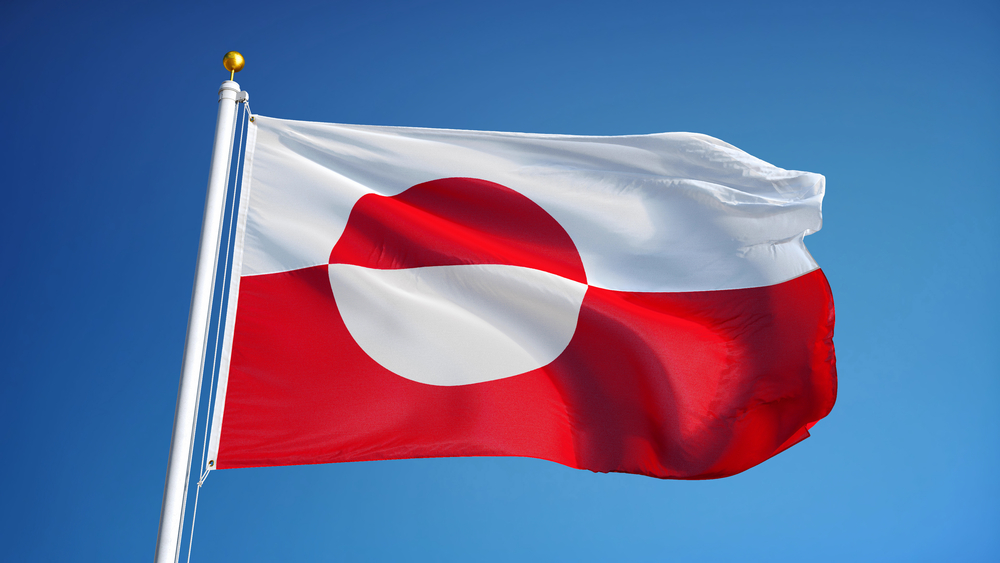Greenland is unique in culture, size and many other ways.
Others are reading now
The United States have expressed a huge interest in acquiring Greenland – but what’s so special about the island?
Greenland is a place unlike any other, both culturally and geographically – and is a place that most people should definitely visit in their lifetime.
We’re talking a look at the frozen island, and are ready to give 14 cool facts about the island – there’s bound to be something you don’t know.
Also read
Aurora Borealis
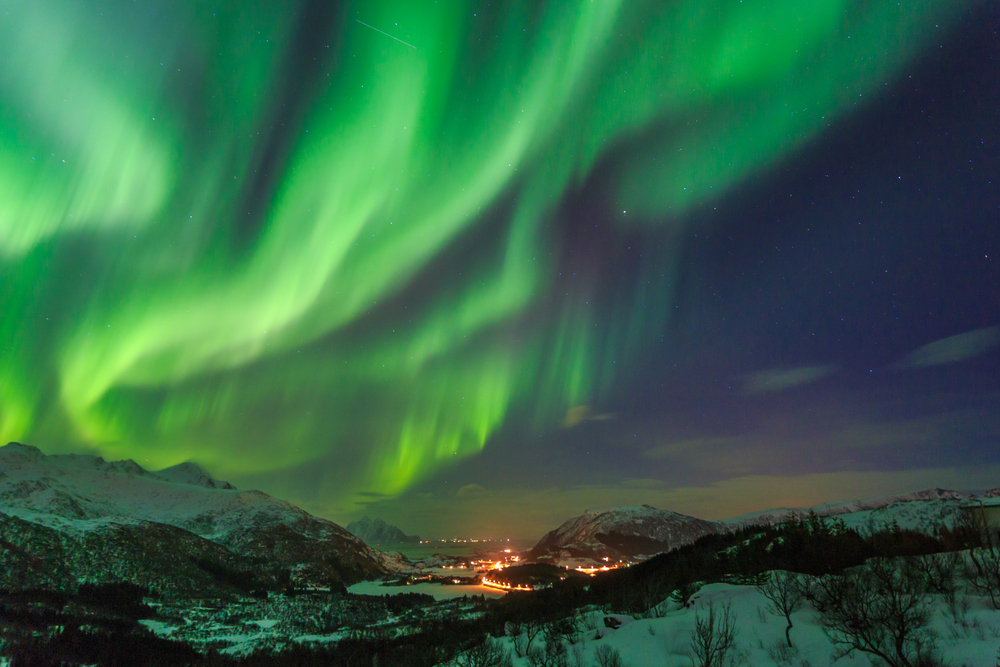
The Northern Lights, or Aurora Borealis, are a common and breathtaking phenomenon in Greenland.
The best time to see them is during the winter months, from September to April, when the nights are long and dark.
The lights appear as shimmering curtains or waves of green, pink, and purple, caused by charged particles from the sun interacting with Earth’s magnetic field.
Viking Settlement
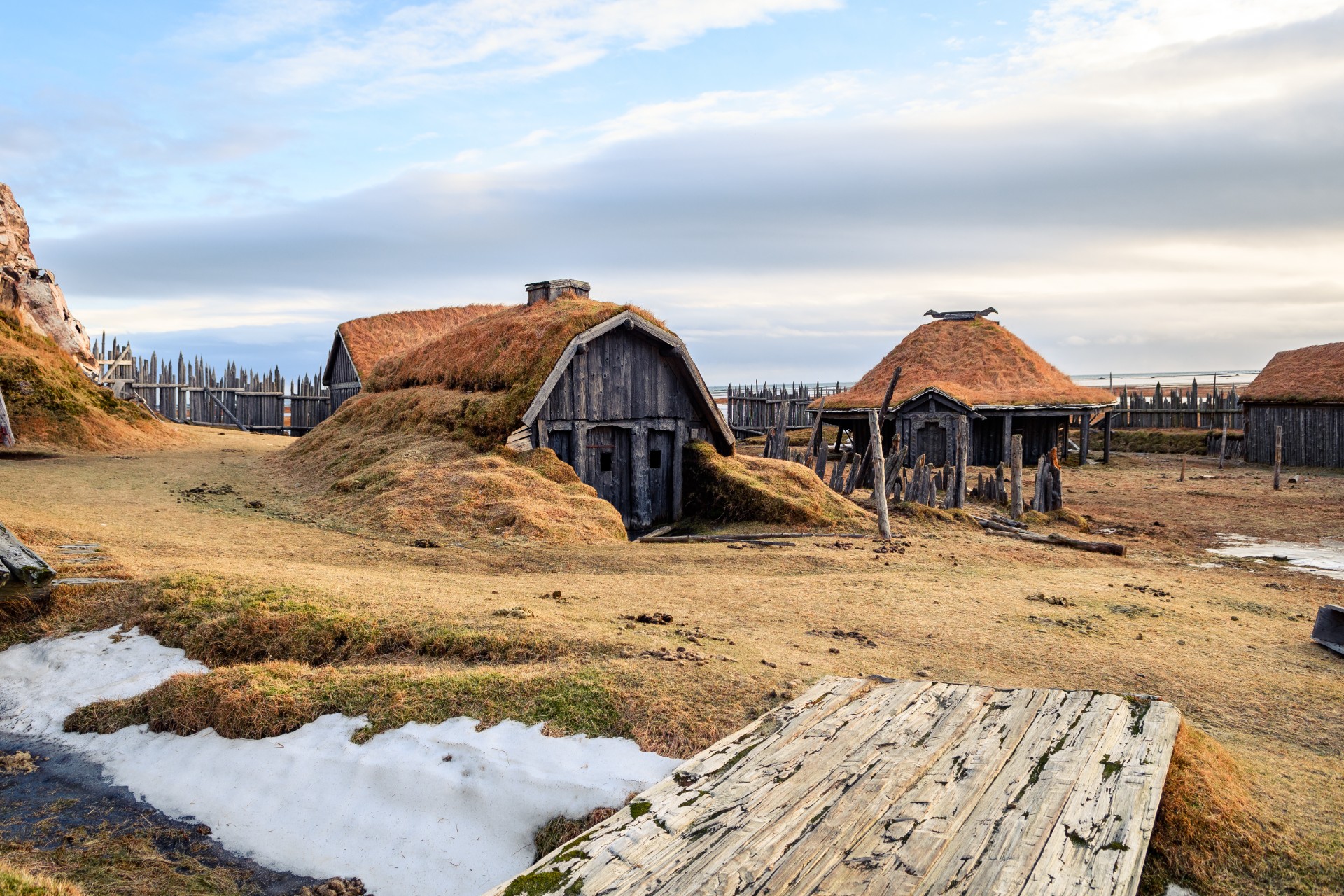
Greenland’s Viking history began around 985 AD when Erik the Red established settlements after being exiled from Iceland.
He named it “Greenland” to entice settlers with the promise of fertile land. The Vikings built farms and churches, and remnants of these Norse settlements, like Hvalsey Church, can still be seen today.
By the 15th century, the Viking settlements had mysteriously disappeared.
Greenland Shark
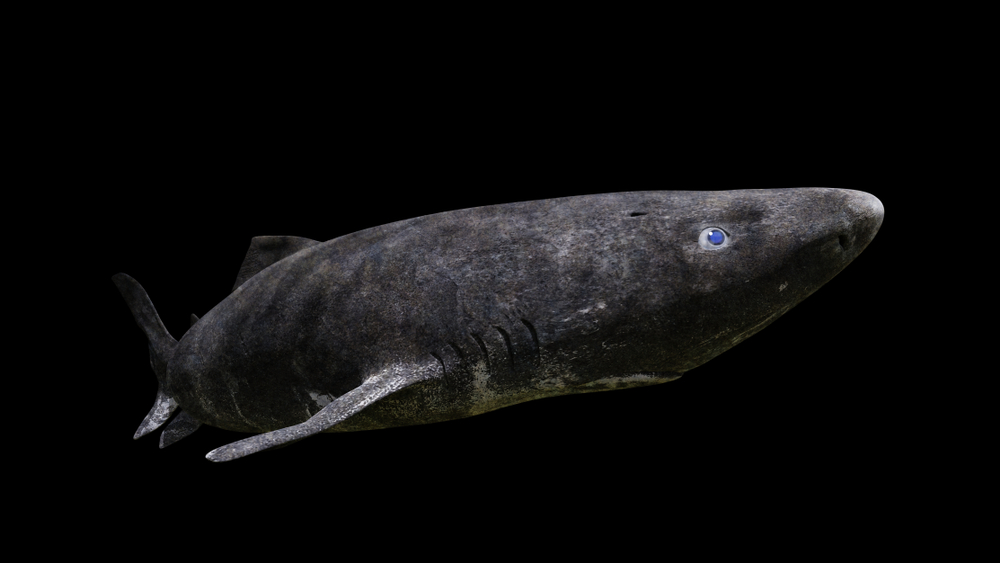
The Greenland shark is one of the most fascinating creatures in Greenlandic waters.
It is known for its extraordinary longevity, with some individuals estimated to live over 400 years, making it the longest-living vertebrate on Earth.
These slow-moving, deep-sea predators grow to impressive sizes, sometimes exceeding 7 meters (23 feet) in length.
No Military
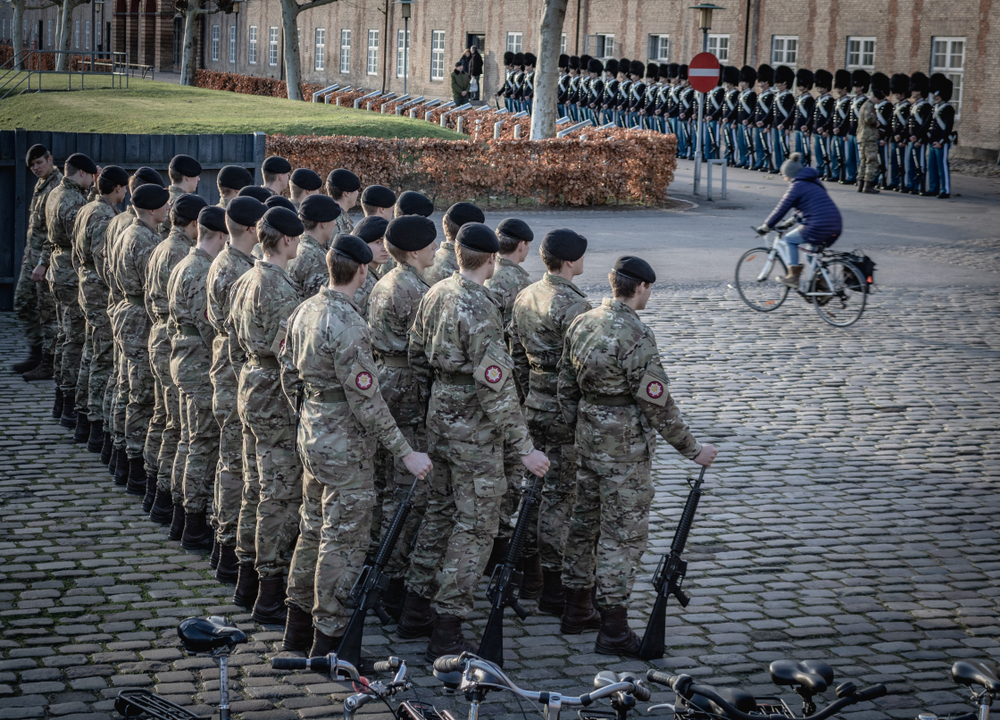
Greenland has no standing military forces. Instead, Denmark is responsible for Greenland’s defense and maintains a small military presence.
However, Greenland does have a police force and a small coast guard to oversee local law enforcement and maritime safety.
This arrangement reflects Greenland’s focus on peaceful governance and its unique geopolitical position.
Inuit Culture
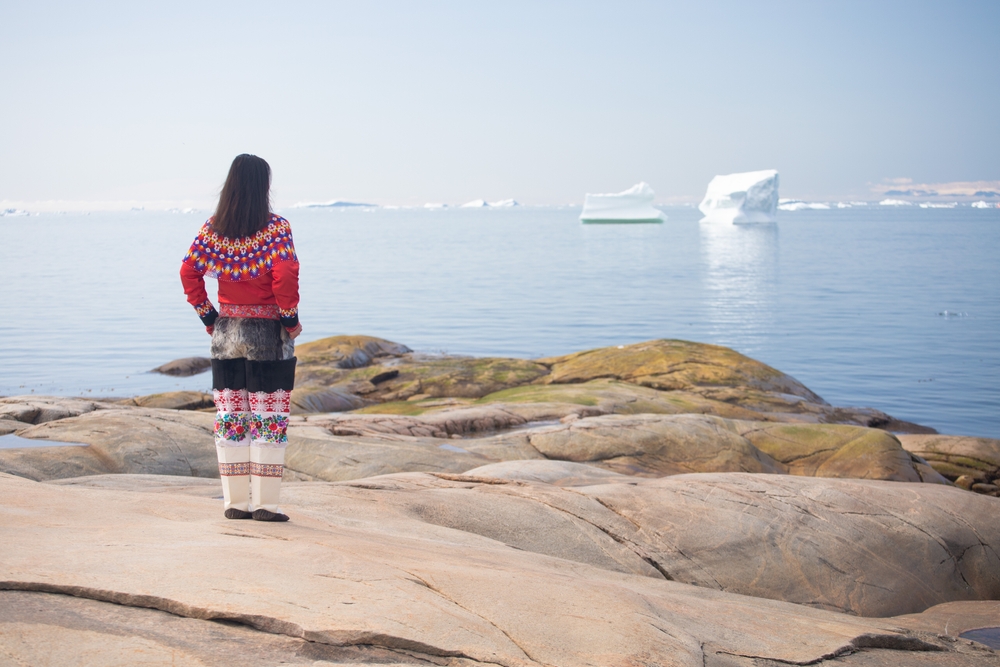
Inuit culture is deeply ingrained in Greenland’s identity.
Traditions like kayaking, dog sledding, and seal hunting date back thousands of years.
Inuit art, particularly carvings and tupilak figures (spiritual talismans), is highly valued.
Festivals celebrate the changing seasons, with drum dancing, storytelling, and feasts playing key roles.
Despite modern influences, Greenlanders continue to preserve their cultural heritage.
No Roads Between Cities
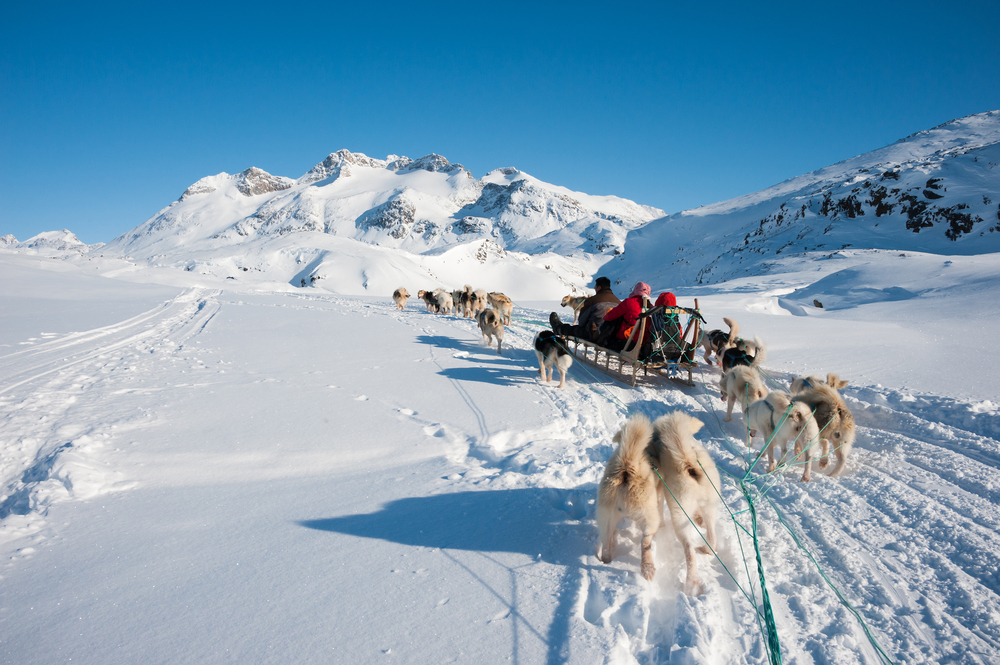
Greenland has no road network connecting its towns and settlements due to its rugged terrain and ice cover.
Instead, transportation relies on boats, planes, helicopters, and snowmobiles. Locals often use dog sleds in winter for travel in remote areas.
This lack of interconnectivity adds to Greenland’s isolated charm and reliance on nature.
Rich Wildlife
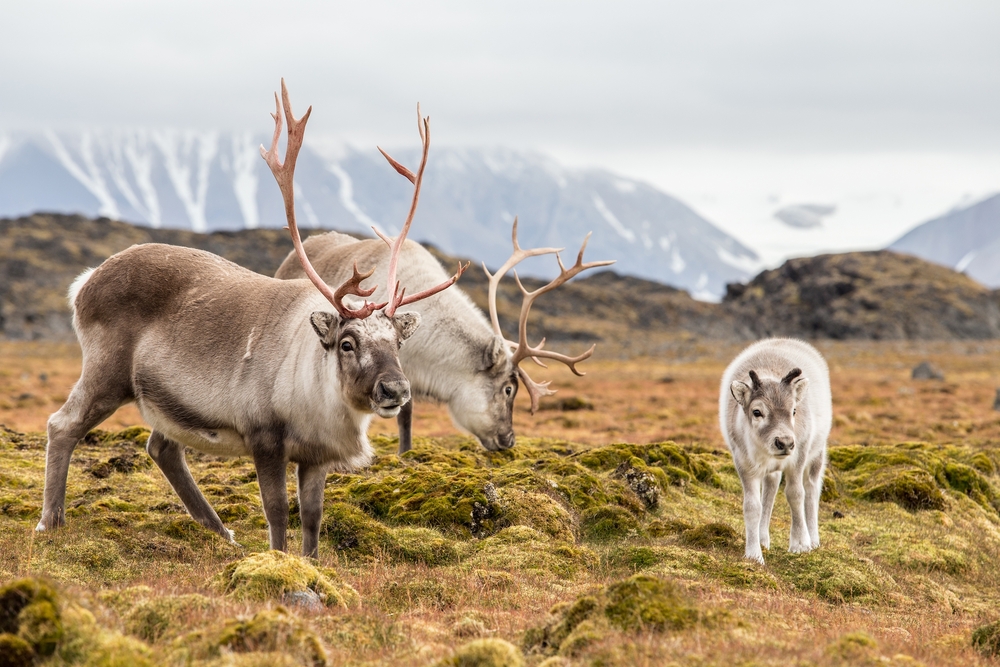
Greenland’s diverse wildlife is perfectly adapted to the Arctic environment.
Polar bears roam the northern and coastal areas, while musk oxen and Arctic foxes thrive on the tundra.
The surrounding waters are teeming with marine life, including narwhals, belugas, humpback whales, and seals. Birdlife is abundant, with species like puffins and guillemots.
Wildlife conservation is a key priority for Greenlanders, who maintain sustainable hunting practices.
Largest National Park
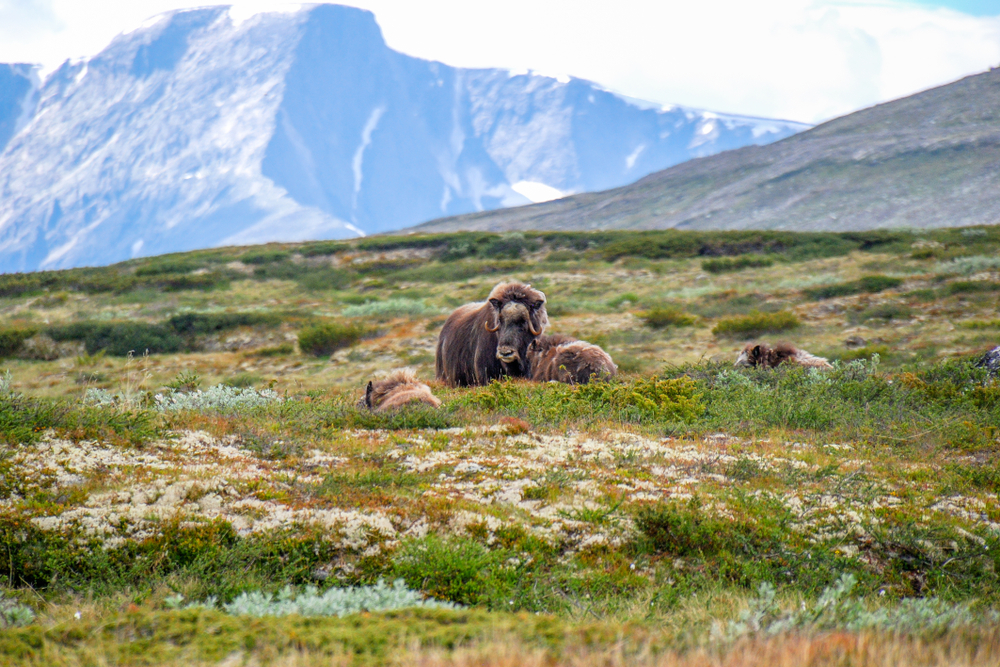
Northeast Greenland National Park is the largest in the world, covering 972,000 square kilometers (375,000 square miles).
This protected area is nearly the size of France and Spain combined. It is home to polar bears, musk oxen, Arctic wolves, and walruses.
Access is limited to scientific expeditions and a few visitors, preserving its pristine wilderness.
Ice-Covered
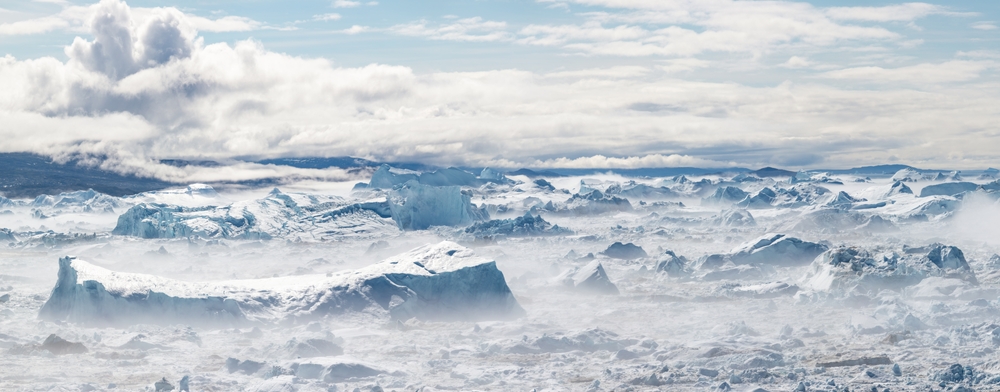
Around 80% of Greenland is covered by the Greenland Ice Sheet, which is up to 3 kilometers (2 miles) thick in some areas.
This ice sheet contains about 10% of the world’s freshwater supply. If it were to melt completely, global sea levels could rise by approximately 7 meters (23 feet).
The ice is constantly moving and melting, contributing to the formation of icebergs and affecting the global climate.
Extreme Sports
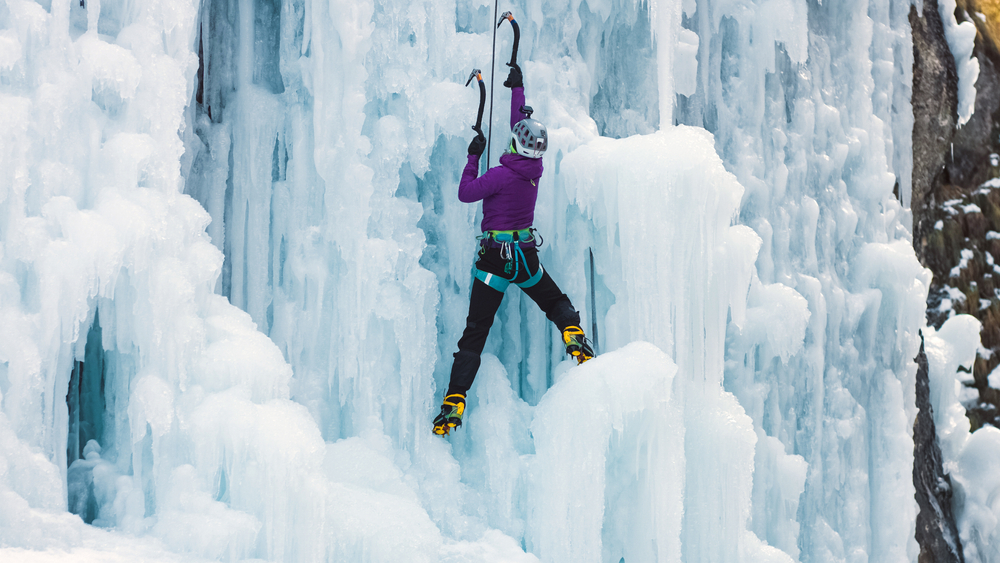
Greenland’s dramatic landscapes and harsh climate make it a paradise for extreme sports enthusiasts.
Activities include heli-skiing on untouched slopes, ice climbing on glaciers, and kite skiing across frozen fjords.
Greenland also hosts long-distance dog sledding races and endurance kayaking challenges.
These sports offer adventurers a chance to test their limits while experiencing Greenland’s raw beauty.
Autonomous Territory
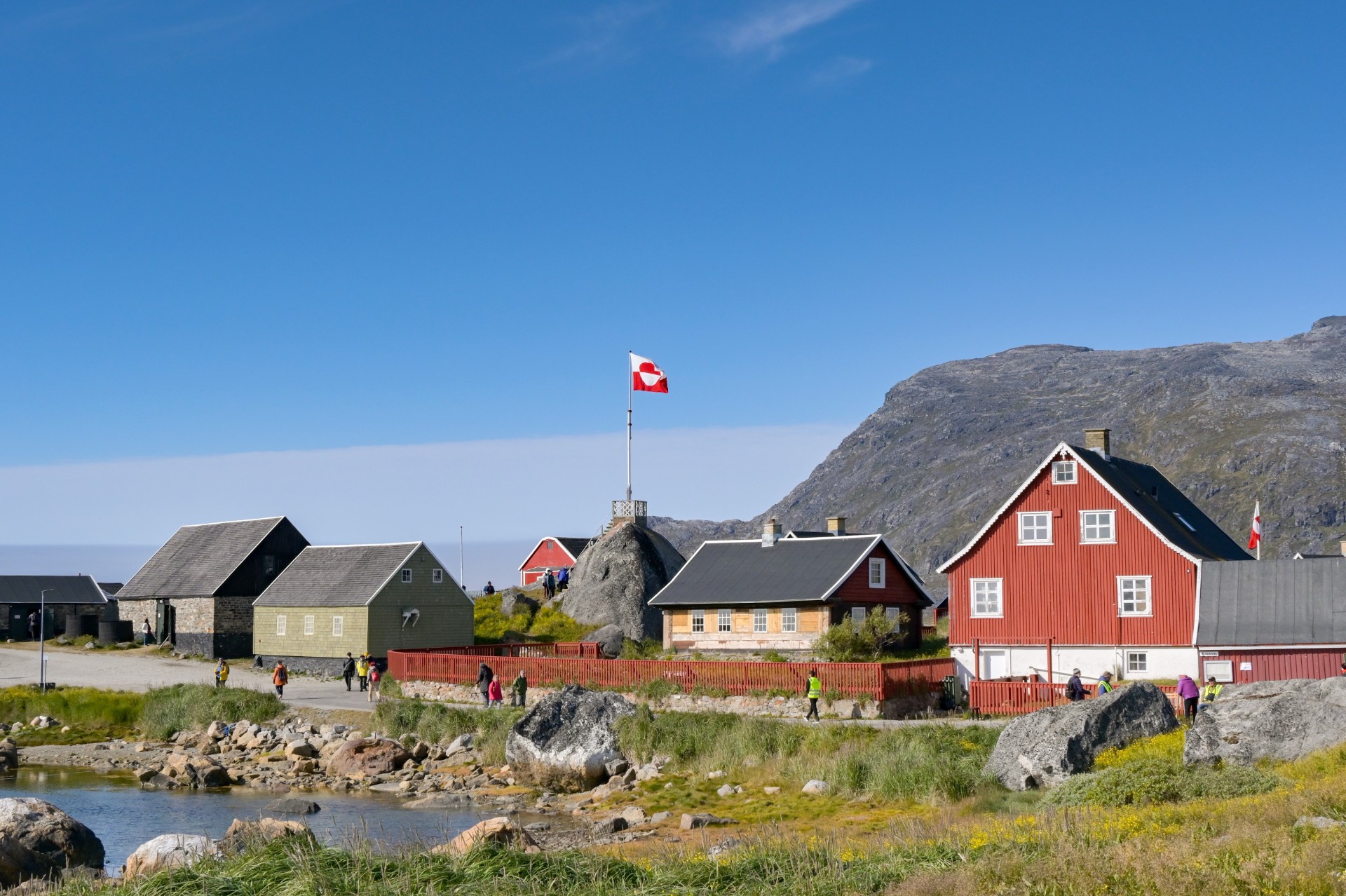
Greenland is an autonomous territory within the Kingdom of Denmark.
Since 1979, it has had home rule, and in 2009, it gained self-governance, allowing it to take control over areas like education, health, and natural resources.
However, Denmark still handles foreign affairs, defense, and monetary policy. Greenlandic (Kalaallisut) is the official language, reflecting its cultural independence.
Unique Language
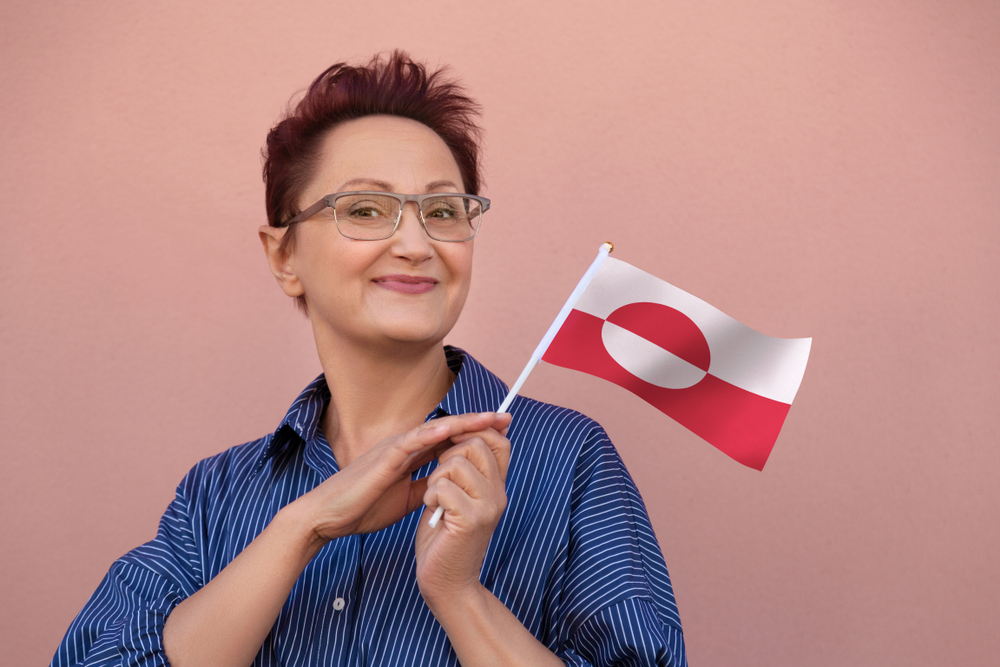
Greenlandic, or Kalaallisut, is the official language and is part of the Inuit-Yupik-Unangan family.
The language is polysynthetic, meaning entire sentences can be expressed in a single word by adding prefixes and suffixes. For example, “pinngortitami” means “in nature” and “Kalaallit Nunaat” means “Land of the Greenlanders.”
Danish and English are also widely spoken, particularly in urban areas.
Further North, East, South, and West than Iceland
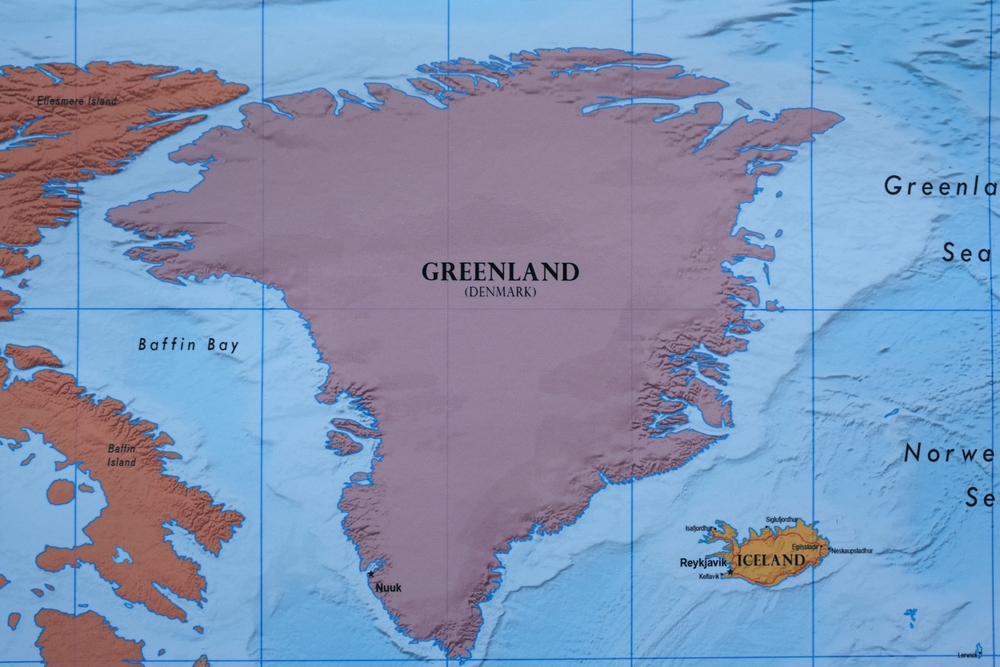
Greenland has the unique distinction of being located further north, east, south, and west than Iceland.
This is because Greenland’s massive landmass spans a wide range of longitudes and latitudes.
Its northernmost point, Cape Morris Jesup, is only 710 kilometers (440 miles) from the North Pole, while its eastern and western coasts extend far beyond Iceland’s.
This geographic quirk highlights Greenland’s vast expanse.
Largest Island
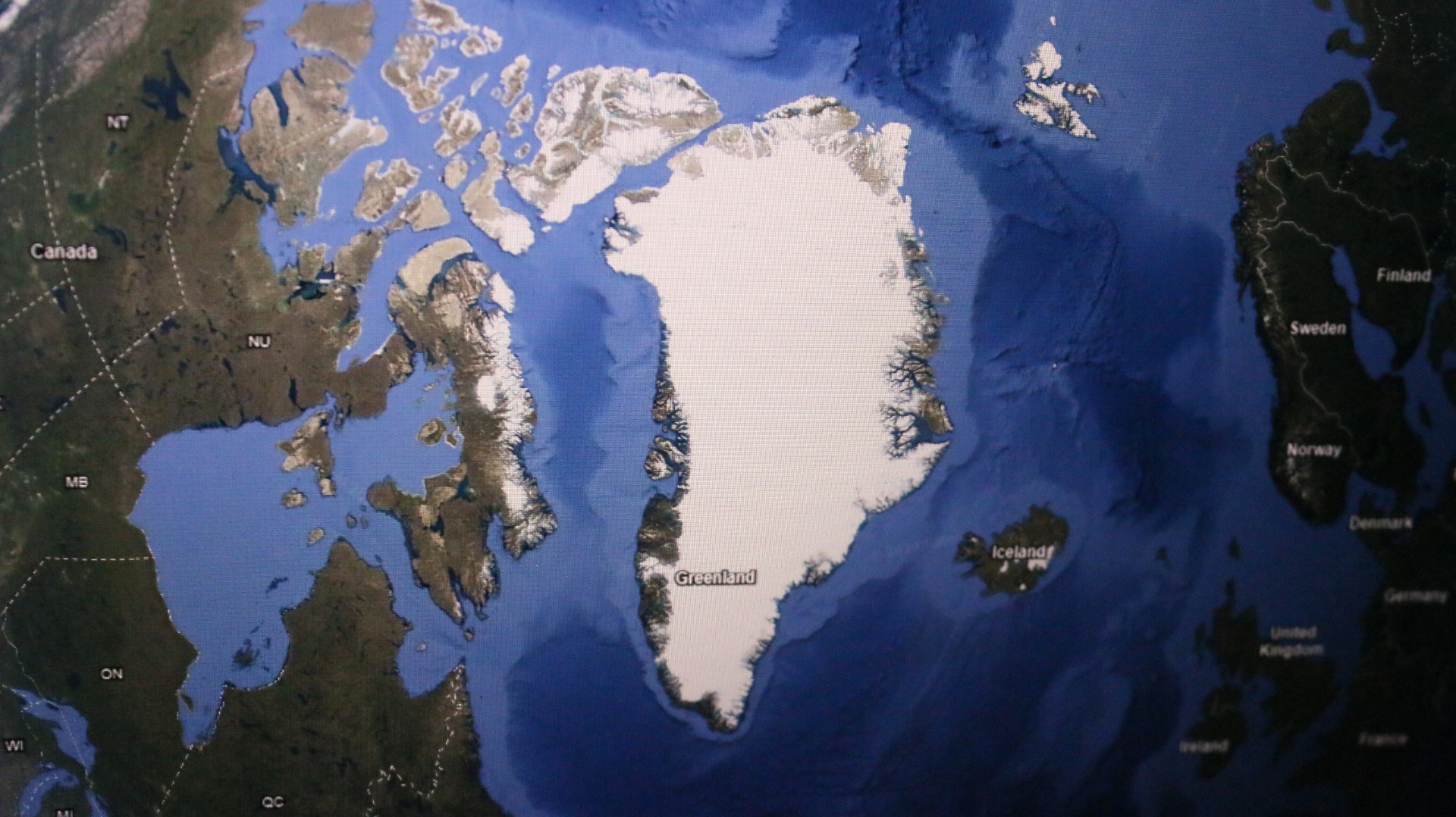
Greenland is the largest island in the world that is not classified as a continent, spanning over 2.1 million square kilometers (836,000 square miles).
It is so vast that it could fit several countries within its boundaries.
Despite its size, the vast majority of Greenland is uninhabitable due to its ice sheet, with settlements scattered along the coastal regions.

